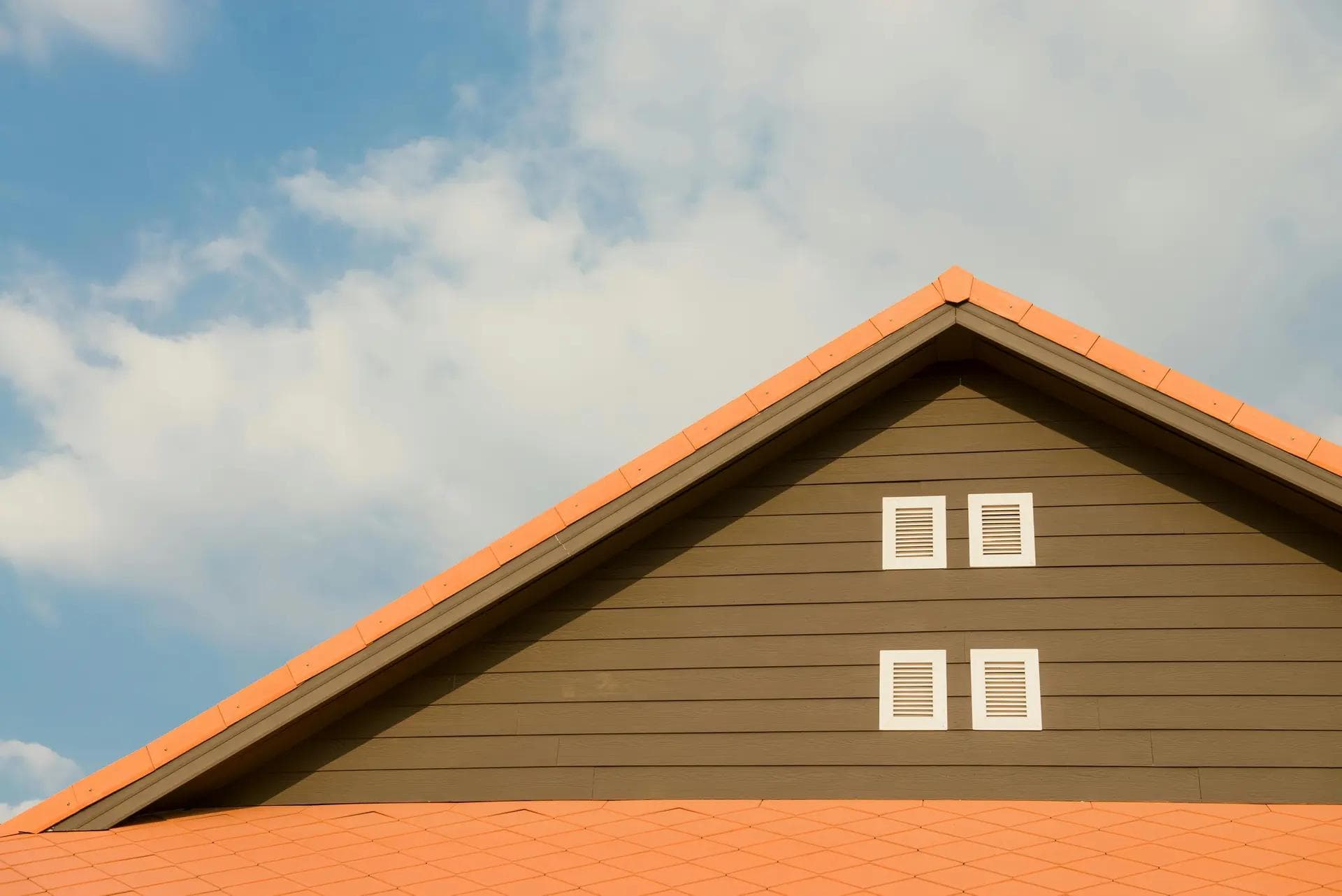
How Does Roof Slope Affect Your Home's Durability?
Your roof’s slope could mean the difference between decades of durability and frequent, costly repairs. Roof slope, or pitch, is a critical factor in how well your home withstands weather, wear, and time, yet it’s often overlooked by homeowners. Understanding how roof pitch affects home durability empowers you to choose the right roof design and maintenance plan to protect your investment.
What Is Roof Slope?
Roof slope refers to the angle or steepness of your roof, typically measured as a ratio of rise (vertical height) to run (horizontal distance). For example, a 4:12 slope means the roof rises 4 inches for every 12 inches of horizontal run. This simple metric plays a huge role in roof durability basics, affecting everything from water drainage to material choice and structural stability.
Types of Roof Slopes
Low Slope (<3:12): Common in modern or flat-roof homes, these roofs have a subtle incline, often seen in urban or minimalist designs.
Medium Slope (4:12-9:12): The standard for most residential homes, striking a balance between aesthetics and functionality.
Steep Slope (>9:12): Found in traditional homes or regions with heavy snow or wind, these roofs have a dramatic pitch.
Each type influences how your roof handles environmental challenges, making roof pitch for home durability a key consideration.
How Roof Slope Impacts Durability
The slope of your roof directly affects how it performs under stress. Here’s how:
Water Drainage
Steep Slopes: These shed water quickly, reducing the risk of leaks and water damage. How roof slope prevents leaks is especially critical in rainy climates.
Low Slopes: These can trap water, leading to pooling that wears down roofing materials over time, increasing the chance of leaks.
Snow and Debris
Steep Slopes: Snow and debris slide off easily, preventing heavy buildup that could stress the roof’s structure.
Low Slopes: These are prone to accumulating snow, leaves, or dirt, which can clog drainage systems and cause damage if not cleared regularly.
Wind Resistance
Steep Slopes: These handle high winds better by reducing uplift on shingles or other materials, improving overall stability.
Low Slopes: More vulnerable to wind damage, especially if materials aren’t designed for flat surfaces.
Material Compatibility
Low Slopes: Work best with seamless membranes like TPO or EPDM, which handle standing water better.
Steep Slopes: Compatible with shingles, tiles, or metal roofing, which are more durable under rapid water flow or heavy wind.
Choosing the right slope and materials is essential for long-term roof durability basics.
Common Issues with Roof Slope
The wrong slope for your home or climate can lead to costly problems. Here’s what to watch for:
Low Slope Problems
Water Pooling: Standing water can degrade materials, leading to leaks or cracks. Regular maintenance is critical to maintain low slope roof performance.
Debris Accumulation: Leaves, dirt, or snow can pile up, clogging drains and adding weight that stresses the roof.
Conclusion
Your roof’s slope is more than just an architectural feature—it’s a critical factor in managing water, snow, and wind to ensure long-term durability. By understanding how roof pitch affects home performance, you can make informed decisions about design and roof maintenance tips to protect your investment. Don’t leave it to chance—contact us for a free inspection to ensure your roof slope is working for you.
FAQ
1. What is roof slope?
Roof slope, or pitch, is the angle of the roof, measured as rise over run, affecting water drainage and durability.
2. How does roof slope affect my home?
Steeper slopes shed water and snow better, while low slopes may trap debris, impacting roof life and leak risks.
3. Can a low-slope roof be durable?
Yes, with proper materials (e.g., membranes) and regular cleaning to prevent water pooling or debris buildup.
4. How do I maintain my roof’s slope?
Clear debris from low slopes and inspect steep slopes for loose materials. Hire a roofing contractor for assessments.
5. When should I consult a professional about roof slope?
Call a roofing contractor for new roof designs, drainage issues, or damage related to slope problems.
Customer Reviews
With over 1000 home projects completed to date, we know how to treat our customers. This is what they’re saying about us.

